#wheelgunwednesday
The backup gun is carried to ensure you have something with which to fight. The primary handgun could be lost or taken. It could break, something that can happen with any mechanical device. Or you could simply run completely out of ammunition. Historically, having a second gun has made the difference between life and death.
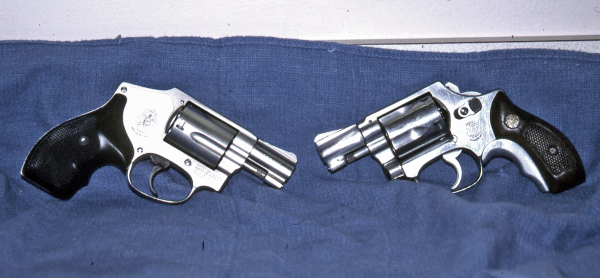
One situation found me in an unmarked car on a pre-raid surveillance in a neighborhood. As we observed the case address, the driver told me that someone was approaching from behind. The gun on my ankle was in my hand, hidden behind my leg as the man strolled up to the driver’s window. It was a neighbor who said he hoped we were the law because that house contained a serious problem. He never saw the gun and I was glad I didn’t need it.
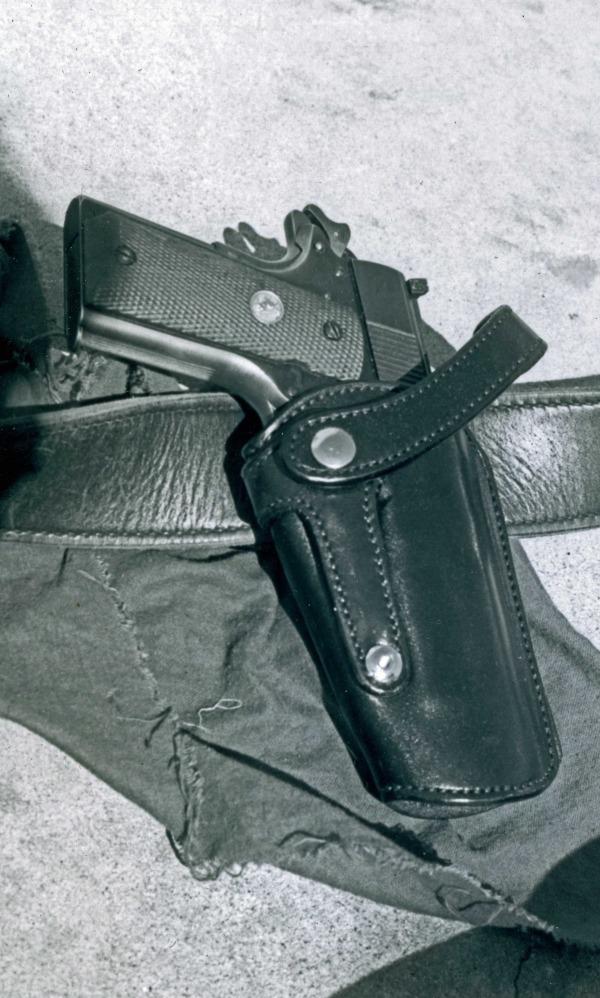
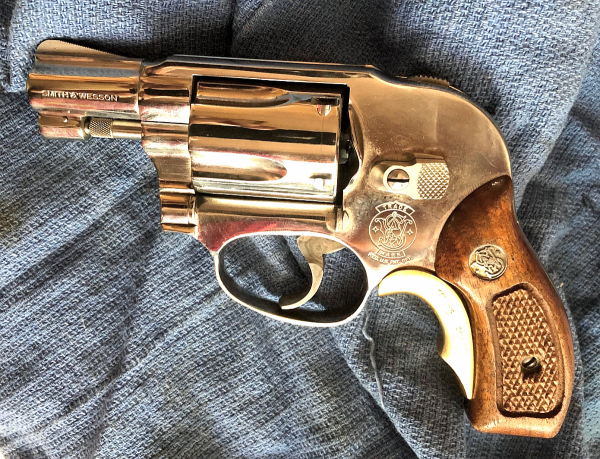
While that would have not been possible with a pocket gun, the pocket gun, in the right holster, has its uses.
I’ve walked up on nighttime car stops, flashlight in my gun hand. The other hand was in my pocket. I even got rebuked by a supervisor who’d seen me do that. He too was blissfully unaware that my hand had a firing grip on the revolver in my pocket the whole time.
My first backup revolver was a S&W Model 60 purchased in 1978. I immediately attached a Tyler T-grip to the gun and did nothing else to it. I found the hammer snagged some, getting out of the pocket. A coworker had set up to grind the hammer spur off his service revolver and offered to do mine. He did and I checked the reliability of the dehorned gun with my carry ammo.
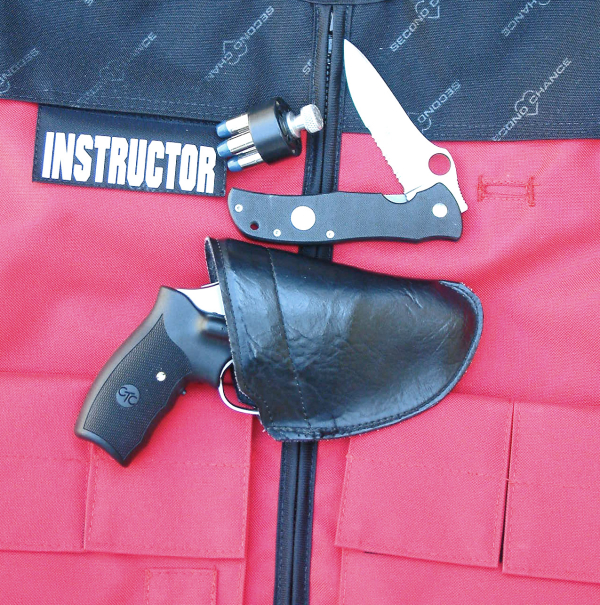
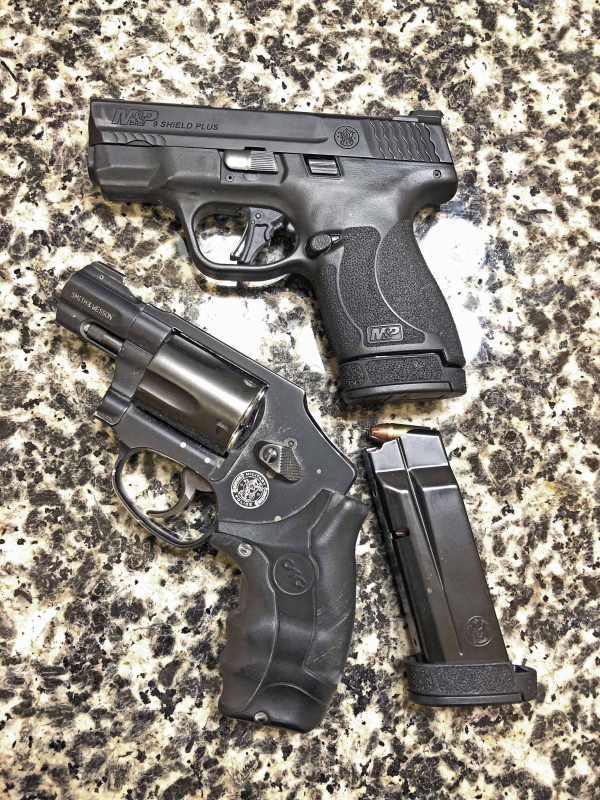
For a pocket holster in those early days, I simply cut the waistband clip off a suede IWB holster from Bianchi. Those hot summer days in wool uniforms created some rust on the M60 cylinder – yes, stainless rusts.
In addition to getting a real pocket holster, my bride gave me a nickel S&W Model 38, the Airweight Bodyguard, in the early 1980s. I quickly added a Tyler T-grip. The gold color clashed with nickel, but I didn’t think anyone would mind. The light weight was a blessing; that M60 was a chunk to carry.
When the Ruger SP101 came out, I’d hoped for a short barrel version. Ultimately, they issued a 2.25” 357 Magnum with a spurless hammer and I snapped one up. It was heavy, not much of a pocket gun, and the recoil and blast were profound. As I noted in a piece last week, I had that gun for decades – when I let it go to someone who just had to have it, it creaked like a rusty gate hinge.
I’d carried it in a leg rig – a Bianchi Ranger – that put the gun just over the boot I wore on patrol. I had it loaded with magnum ammo.
I figured if I was down to a five-shot revolver, I’d need all the power I could get.
I missed out on Smith and Wesson’s reintroduction of the Centennial revolvers in the mid-1990s. Friend Mike Rafferty didn’t, getting the original 640 and moving to the Magnum 640-1 (with magnum ammo) when it came out. I waited for the lightweight versions, the Models 442/642. I had one or another of those over several years and was quite happy with the weight, shootability and payload of those guns.
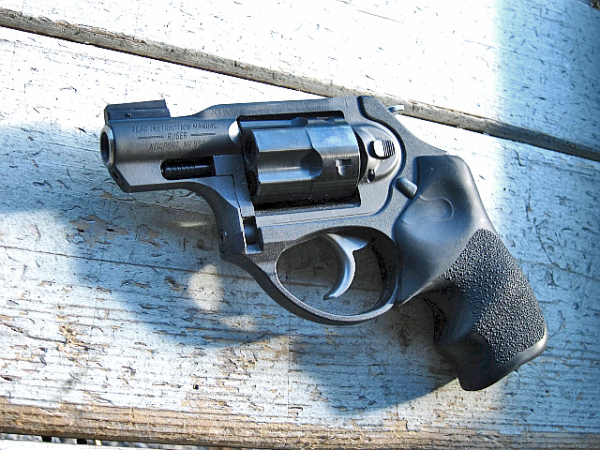
When the M&P340 came out – with enhanced sights – I jumped on it. That’s been pretty much the constant carry “gun I wear when I’m not armed” as well as back-up to a holster gun.
The Ruger LCRx 357 also joined the stable over the past years. A Novak night sight was ordered from shopruger.com and Mike Rafferty installed it.
Am I stuck on revolvers as second guns? I’ve been working on an auto backup gun for a few years, but the revolvers are quicker and surer out of the pocket. And I’m just a bit old fashioned.
And it’s #wheelgunwednesday.
— Rich Grassi